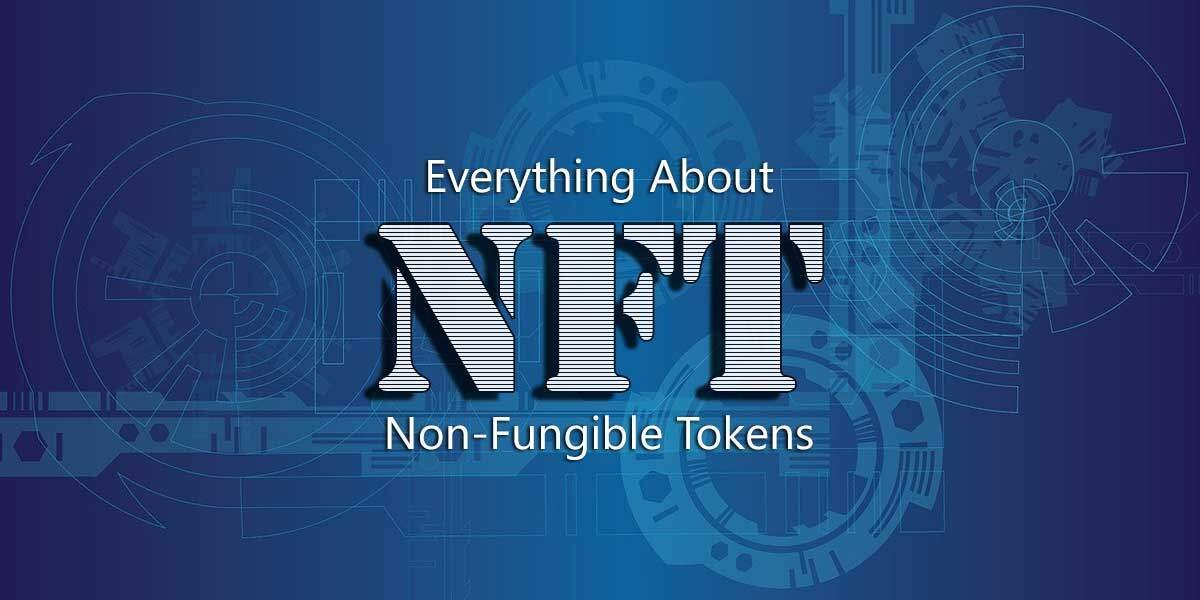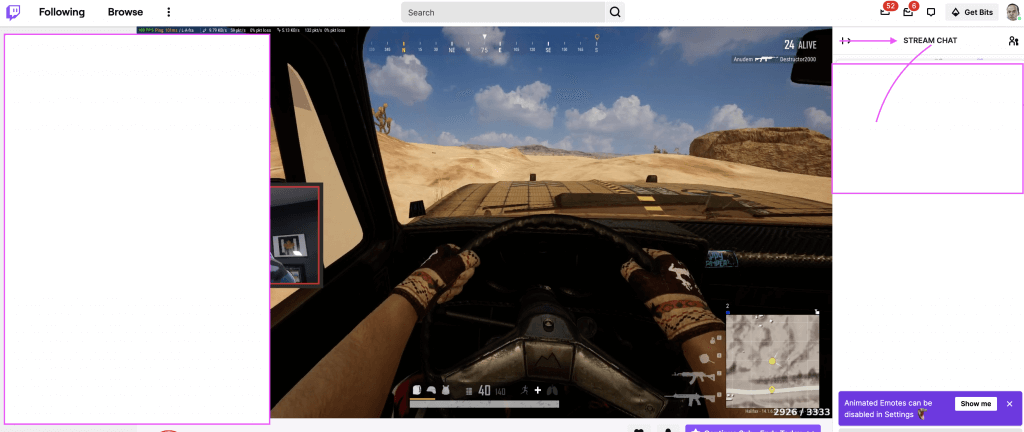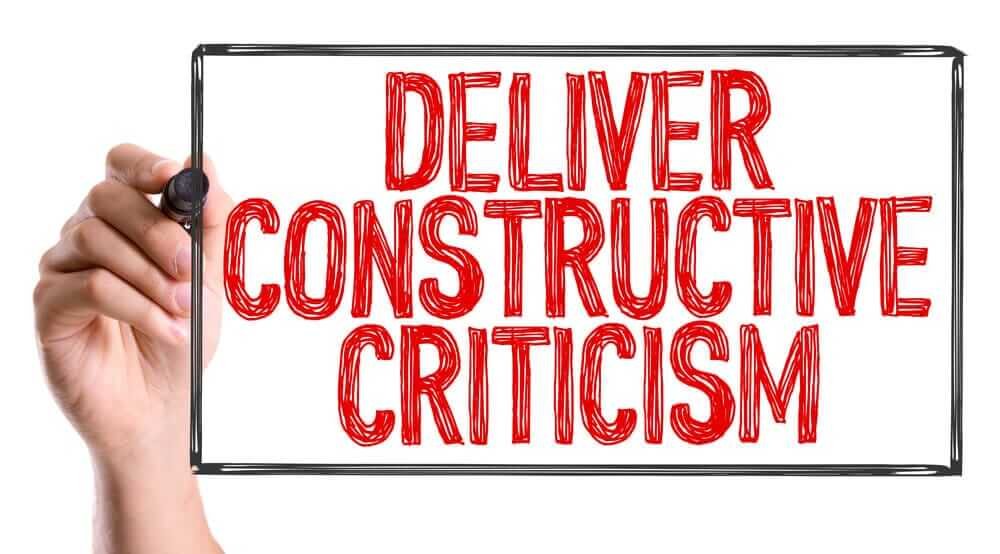
NFTs have existed for quite some time now, but it is only recently that they have exploded out of thin air and achieved immense popularity. The year 2021 saw a massive surge in the trading of NFTs, which continues even today.
Music, art, tacos, and even toilet papers in form of digital assets are selling in millions of dollars. NFTs have created a lot of millionaires. In case you want to jump in, this article is going to tell you everything that you need to know about NFTs and how they work.
Before we delve in, are NFTs worth the hype? May be, may be not! Some people say that it is a rapidly expanding bubble that will eventually explode and all the craze surrounding it will be gone. There are others who think that NFTs will stay and will completely change the way people invest.
So, without further ado, let us learn everything about NFTs.
What are NFTs?
NFT stands for Non-Fungible Token. It is nothing other than a digital asset representing a real-world object. That object can be anything like an art, a music, a video, in-gaming items, and even a toilet paper!
Being a digital asset, an NFT can be purchased or sold online using cryptocurrency. NFTs are usually encoded using software programs just the way many cryptos are encoded.
The funny thing is that NFTs are nothing new. They have existed since 2014, but they gained popularity only recently. People across the globe has spent $174 million on trading NFTs since 2017, and it continuously increasing!
In layman terms, NFTs are one of a kind. Alternatively, they can be one of the very limited number of items.
According to Arry Yu, managing director of Yellow Umbrella Ventures and chair of the Washington Technology Industry Association Cascadia Blockchain Council, NFTs are meant for creating a digital scarcity.
You and I both know that digital creations are in infinite supply. Thus, if you can hypothetically cut off the supply for a digital asset that is in demand, the price of that asset should increase.
That is simple economics!
However, many NFTs, at least in their early stages, were digital works that previously existed in some form elsewhere, such as securitized copies of digital art that circulated on Instagram or classic video clips from NBA games.
For example, renowned digital artist Mike Winklemann, aka “Beeple,” compiled 5,000 daily drawings to produce possibly the greatest NFT of the present. It goes by the name “EVERYDAYS: The First 5000 Days,” and was sold for a whopping $69.3 million at Christie’s.
Individual images – or perhaps the full collage of images – can be seen online for free by anybody. Therefore, why are individuals prepared to pay millions of dollars on something that they can simply capture or download?
Because an NFT entitles the purchaser to ownership of the original item. Additionally, it has built-in authentication as evidence of ownership. Collectors place a high premium on such digital bragging rights nearly as much as the object itself.
What is the Difference Between NFT and Cryptocurrency?
NFT is an abbreviation for non-fungible token. While it is often developed using similar programming used in case of cryptocurrencies like Ethereum and Bitcoin, the similarities stop there.
Cryptocurrencies and physical currency are both “fungible,” which means they may be traded or swapped. Additionally, they are worth the same amount—one dollar always equals one dollar, and similarly, one Bitcoin always equals one Bitcoin. Due to crypto’s fungibility, it is a reliable medium of exchange on the blockchain.
NFTs are distinct. Each contains a digital signature, which prevents NFTs from being swapped for or equivalent to one another, making them non-fungible. For example, one clip of NBA Top Shot is not equivalent to EVERYDAYS merely because they are both NFTs. For that reason, one NBA Top Shot footage is not always equivalent to another clip of NBA Top Shot. Because every NFT will have a distinct digital signature, each will be different.
Modus Operandi of NFT
NFTs are built on top of a blockchain, which is a decentralized public ledger that tracks transactions. You possible know that blockchain as the fundamental technology that enables the creation of cryptocurrency.
Specifically, NFTs are commonly stored on the Ethereum blockchain, however they may be stored on other blockchains as well.
NFTs are formed, or “minted,” using digital objects representing both physical and ethereal things, such as:
- Art
- Collectibles
- Designer sneakers
- GIFs
- Music
- Video game skins and virtual avatars
- Videos and sports highlights
Even tweets are considered. Jack Dorsey, co-founder of Twitter, sold his very first tweet as a non-fungible token in excess of $2.9 million.
In essence, NFTs are digital replicas of actual collector’s objects. Thus, rather than receiving a physical oil painting to put on the wall, the purchaser receives a digital file.
Additionally, they also receive rights of exclusive ownership. That is correct: At any point in time, one NFT can have only one owner. Due to the fact that NFTs have unique data, ownership verification and token transfer between owners is simple. Additionally, the owner or developer may keep unique information inside them. For example, artists may sign their work by inserting it in the metadata of an NFT.
What is the Use of NFT?
Artists and content producers have a one-of-a-kind chance to monetize their work with NFTs and blockchain technology. For instance, artists are no longer required to sell their work via auction houses or galleries.
Rather, the artist may directly sell the work to the buyer as an NFT, allowing them to retain a greater portion of the revenues. Additionally, artists may incorporate royalties into their works, ensuring that they earn a share of revenues when their work is acquired by a new owner.
This is an appealing feature, since artists are often not compensated for future sales of their work.
Art is not the only method to profit from NFTs. Organizations such as Taco Bell and Charmin have benefitted from the auctioning of themed NFT artwork. Charmin’s offering was called “NFTP” (non-fungible toilet paper), while Taco Bell’s NFT art took only a few minutes to be sold out, with the top bids reaching 1.5 wrapped ether or WETH which is equivalent to roughly $5,059.755 while writing this.
Nyan Cat, a 2011 GIF depicting a cat dressed as a pop tart, fetched over $600,000 in February 2021. By late March, NBA Top Shot had surpassed $500 million in sales. A single NFT featuring LeBron James managed to garner $200,000.
Lindsay Lohan, Snoop Dogg, and various other celebrities are getting their hands dirty with NFT, issuing securitized NFTs of their artwork, unique experiences, and moments.
How Can You Buy NFTs?
If you’re interested in starting your own collection of NFTs, you’ll need the following items:
To begin, you’ll need a digital wallet capable of storing both NFTs and bitcoins or other cryptocurrencies. You’ll almost certainly need to acquire some cryptocurrency, such as Ethereum or Bitcoin depending on the cryptocurrencies accepted by your NFT provider.
You may now purchase cryptocurrency using a credit card on platforms such as Kraken, Coinbase, PayPal, eToro, and Robinhood. You may then transfer it from the crypto exchange to your preferred wallet.
You’ll want to keep costs in mind while you do your study. When you acquire cryptocurrency, the majority of exchanges charge a portion of your transaction.
Once your wallet is configured and filled, there is no lack of NFT sites to browse. At the moment, the major NFT markets are as follows:
OpenSea.io: This peer-to-peer marketplace markets “rare digital artifacts and collectibles.” To begin, just create an account to explore NFT collections. Additionally, you may arrange items by sales volume to find new artists.
Rarible: Rarible, like OpenSea, is an open marketplace where artists and innovators may create and sell NFTs. The platform’s RARI tokens let holders to vote on features such as community regulations and fees.
Foundation: On this platform, artists must get an invitation or “upvotes” from other creators to share their work. Due to the exclusivity and high admission cost of the community, artists must additionally acquire “gas” in order to mint NFTs, which implies that it may include higher-quality artwork. For example, Chris Torres, the developer of Nyan Cat, used this platform for selling the NFT. Additionally, it may result in increased pricing, which is not always a negative idea for collectors and artists trying to profit, providing that demand for NFTs stays stable or perhaps even grows over time.
Although these and other sites are home to thousands of NFT makers and collectors, it is critical to do thorough research prior to purchasing. Certain artists have been duped by impersonators who advertised and sold their work without acquiring prior consent.
Additionally, the verification methods for creators and NFT listings vary amongst platforms, with some being more rigorous than others. For example, Rarible and OpenSea do not need owner identification for NFT postings. Buyer safeguards seem to be limited at best, therefore while buying for NFTs, it may be prudent to remember the old adage – caveat emptor – which means, ‘let the buyer beware.’
Should You Be Buying NFTs?
Does the fact that you may purchase NFTs imply that you should? It is situational!
NFTs are dangerous since their future is unpredictable and there is a lack of sufficient historical data to evaluate their performance. Because NFTs are new, it may be worthwhile to spend tiny sums to test them out for the time being.
In simple words, investing in NFTs is mostly a subjective process. If you have the funds available, it may be worth exploring, particularly if the artwork has personal significance for you.
However, bear in mind that the value of an NFT is totally dependent on what a potential buyer is willing to pay for the piece. As a result, demand will determine the price. The technical, fundamental, or economic indications, which traditionally impact stock prices and provide the foundation for investor demand will have no impact on NFT price.
This implies that you may be able to resell an NFT for less than what you bought it for. Even worse, if no one wants it, you may not be able to resell the item.
NFTs, like stocks, are liable to capital gains taxes. However, since they are classified as collectibles, they may not qualify for the favorable long-term capital gains rates that apply to equities. This means that NFTs may potentially be taxed at a higher rate than usual collectibles. IRS is yet to determine what NFTs are when it comes to taxes.
Keep in mind that the cryptos used to acquire the NFT may become taxable, too, if their value has grown since you purchased them. Thus, it will be wise to consult a tax specialist before purchasing NFTs.
Having said that, treat NFTs the same way you would any other investment: Conduct study, be aware of the risks—including the possibility of losing all of your investment funds—and, if you decide to go for them, use extreme care.

